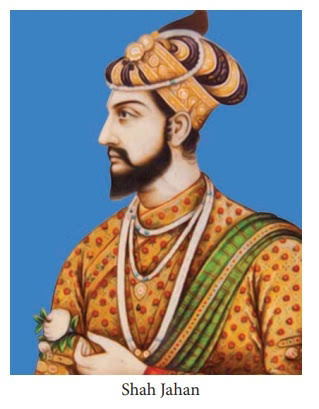RUBLE IN SOVIET UNION
RUBLE
IN SOVIET UNION
The first ruble issued for the Socialist government was a
preliminary issue still based on the previous issue of the ruble prior to the Russian revolution of
1917. They are all in banknote form and started their issue in 1919. At this
time other issues were made by the white Russian govt,and
other governing bodies. Denominations are as follows: 1, 2, 3, 5, 10, 15, 25,
50, 60, 100, 250, 500, 1,000, 5,000, 10,000, 25,000, 50,000, 100,000. Short
term treasury certificate were also issued to supplement banknote issue in 1
million, 5 million, 10 million rubles. These issue was printed in various
fashions, as inflation crept up the security features were few and some were
printed on one side, as was the case for the German inflationary notes.
BANKNOTES
In 1918, state credit notes were introduced by the R.S.F.S.R.
A second redenomination took place in 1923, at a rate of 100
to 1. Again, only paper money was issued. During the lifetime of this currency,
the first money of the USSR was issued.
A third redenomination in 1924 introduced the
"gold" ruble at a value of 50,000 rubles of the previous issue. This
reform also saw the ruble linked to the a value of 10 rubles. Coins began to be
issued again in 1924, whilst paper money was issued in rubles for values below
10 rubles and in chervonets for higher denominations.
As with the previous currency, only state currency notes were
issued, in denominations of 50 kopeks, 1, 5, 10, 25, 50, 100, 250, 500, 1,000,
5,000 and 10,000 rubles. In early 1924, just before the next redenomination,
the first paper money was issued in the name of the USSR, featuring the state bands around the wheat, representing the language of the then 4 constituent
republics of the Union: (Azerbaijani, Armenian, and
Georgian), They were dated 1923 and were in denominations
of 10,000, 15,000, and 25,000 rubles.
In 1924, state currency notes were introduced for 1, 3 and 5
gold rubles (рубль золотом). These circulated alongside the notes introduced in 1922 by
the State Bank in denominations of 1, 3, 5 10 and 25 chervonets. State Treasury
notes replaced the state currency notes after 1928. In 1938, new notes were
issued for 1, 3 and 5 rubles, dropping the word "gold".
Fifth Soviet ruble, 1947
– 1961
Following World War II, the Soviet government implemented a confiscatory
redenomination of the currency (decreed on December 14, 1947) to reduce the
amount of money in circulation. The main purpose of this change was to prevent
peasants who had accumulated cash by selling food at wartime prices from using
this to buy consumer goods as the postwar recovery took hold. Old rubles were revalued at one tenth
of their face value. This mainly affected paper money in the hands of private
individuals. Amounts of 3,000 rubles or less in individual bank accounts were
not revalued, while salaries remained the same.
In 1947, State Treasury notes were introduced for 1, 3 and 5 rubles,
along with State Bank notes for 10, 25, 50 and 100 rubles.
Sixth Soviet ruble, 1961
- 1991
The 1961 re denomination was a repeat of the 1947 reform, with
the same terms applying.[ Newly
designed notes were issued with artwork by the artist Victor l depicting
scenes from Soviet life and Soviet industrial achievements. The Soviet ruble of
1961 was formally equal to 0.987412 gram of gold but the exchange for gold was never available to
the general public. This ruble maintained parity with the pound sterling until
the breakup of the Soviet Union in 1991 when the ruble became
the new currency of the Russian federation



Comments
Post a Comment